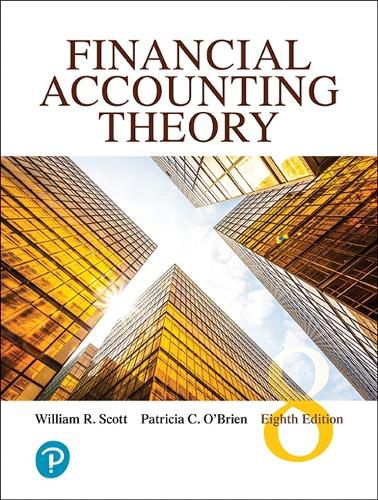Readings Newsletter
Become a Readings Member to make your shopping experience even easier.
Sign in or sign up for free!
You’re not far away from qualifying for FREE standard shipping within Australia
You’ve qualified for FREE standard shipping within Australia
The cart is loading…






Financial Accounting Theory continues to orient the coverage of accounting standards to those of the International Accounting Standards Board (IASB). As in previous editions, some coverage of major U.S. accounting standards is also included. While the text discussion concentrates on relating standards to the theoretical framework of the book, the coverage provides students with exposure to the main features of the standards themselves.
Despite its theoretical orientation, the book does not ignore the institutional structure of financial accounting and standard-setting. It features considerable coverage and critical evaluation of financial accounting standards and regulations, such as fair value accounting, financial instruments, reserve recognition accounting, management discussion and analysis, employee stock options, impairment tests, hedge accounting, derecognition, consolidation, and comprehensive income. The structure of standard-setting bodies is also described, and the role of structure in helping to engineer the consent necessary for a successful standard is evaluated.
$9.00 standard shipping within Australia
FREE standard shipping within Australia for orders over $100.00
Express & International shipping calculated at checkout
Financial Accounting Theory continues to orient the coverage of accounting standards to those of the International Accounting Standards Board (IASB). As in previous editions, some coverage of major U.S. accounting standards is also included. While the text discussion concentrates on relating standards to the theoretical framework of the book, the coverage provides students with exposure to the main features of the standards themselves.
Despite its theoretical orientation, the book does not ignore the institutional structure of financial accounting and standard-setting. It features considerable coverage and critical evaluation of financial accounting standards and regulations, such as fair value accounting, financial instruments, reserve recognition accounting, management discussion and analysis, employee stock options, impairment tests, hedge accounting, derecognition, consolidation, and comprehensive income. The structure of standard-setting bodies is also described, and the role of structure in helping to engineer the consent necessary for a successful standard is evaluated.